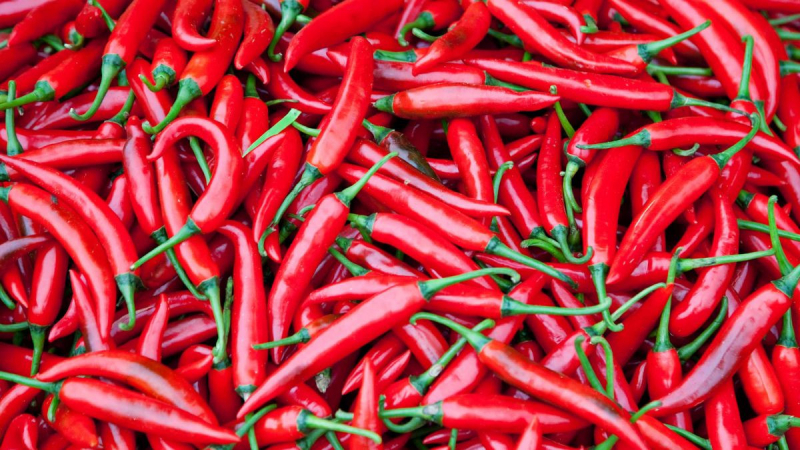Chili
Chili peppers originated in South America, but they were introduced into India by Portuguese merchants in the 16th century. Since then, these flaming fruits have threaded their way into the very fabric of Indian cuisine, notably in the South and west. Chili peppers come in a plethora of types, each with its own particular shape, color, and level of spiciness. Verdant chili, crimson chili, Kashmiri chili, the bird's eye chili, and the frightening bhut jolokia, sometimes known as the ghost pepper, are among the most sought-after varieties.
Chili peppers add a volcanic kick to Indian cuisine, but they also have a slew of other benefits. They are high in vitamin C and help strengthen the immune system and fight off invading pathogens. Furthermore, its essence contains capsaicin, a substance that stimulates metabolism and reduces inflammation. Notably, capsaicin has analgesic and antibacterial characteristics, which help to relieve pain and prevent infections. Furthermore, chili peppers improve blood circulation and lower blood pressure.
Chili peppers are not only delicious, but they are also versatile and nutritious. They enhance the flavor and smell of any dish, adding deliciousness.












